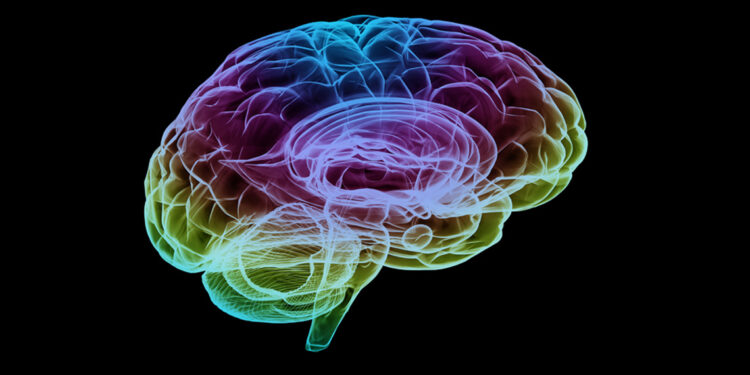
In a recent scholarly endeavor, a team of neuroscientists delved into the intricate interplay between brain reactivity patterns and the potential risk of future depression among adolescents. This investigation, detailed in a study published in a reputable scientific journal, sheds light on the significant association between neural response to emotional stimuli and the likelihood of developing depression in the adolescent demographic.
Linking Brain Reactivity and Adolescent Depression Risk:
The study, undertaken by a cohort of esteemed researchers in the field of neuroimaging, sought to explore the dynamic relationship between brain reactivity and the emergence of depression vulnerability during the formative years of adolescence. Leveraging advanced neuroimaging techniques, the investigators meticulously examined neural responses within the participant group when exposed to emotional stimuli.
Methodology:
Employing a meticulously designed experimental framework, the researchers gathered a representative sample of adolescents and subjected them to controlled emotional stimuli. Functional magnetic resonance imaging (fMRI) was utilized to capture real-time neural activity, enabling the researchers to discern patterns of brain reactivity with a high degree of precision. The utilization of fMRI, a cutting-edge technology in the realm of neuroimaging, facilitated the measurement of hemodynamic changes indicative of neural engagement in response to emotional triggers.
Key Findings:
The study's outcomes revealed a compelling correlation between heightened neural reactivity in certain brain regions and the propensity for future depression susceptibility among adolescents. Specifically, increased activity within neural circuits associated with emotional processing and regulation demonstrated a statistically significant link to elevated depression risk over time.
Implications:
The implications of these findings are profound, as they underscore the potential of neuroimaging to serve as a predictive tool in identifying adolescents who might be at a heightened risk of developing depression later in life. By identifying neural markers associated with elevated vulnerability, clinicians and researchers are presented with an opportunity to implement targeted interventions and preventive strategies. Such initiatives could encompass psychoeducational programs, early therapeutic interventions, and tailored support systems to mitigate the potential impact of depressive disorders.
Conclusion:
In conclusion, the neuroimaging study conducted by this esteemed team of researchers illuminates a pivotal connection between brain reactivity patterns and the susceptibility to future depression in adolescents. By delving into the intricate neural mechanisms that underlie emotional responses, this investigation contributes significantly to the burgeoning field of neuroscientific research on mental health. The identification of neural markers associated with heightened depression risk opens avenues for innovative approaches to prevention and intervention, ultimately fostering improved well-being and mental health outcomes among adolescents.